Estimated reading time: 5 minutes
Nothing is worse than spending over an hour making cookie dough for it to fall flat when in the oven. Here are some of my best tips on how to stop cookies from spreading and deflating while baking.
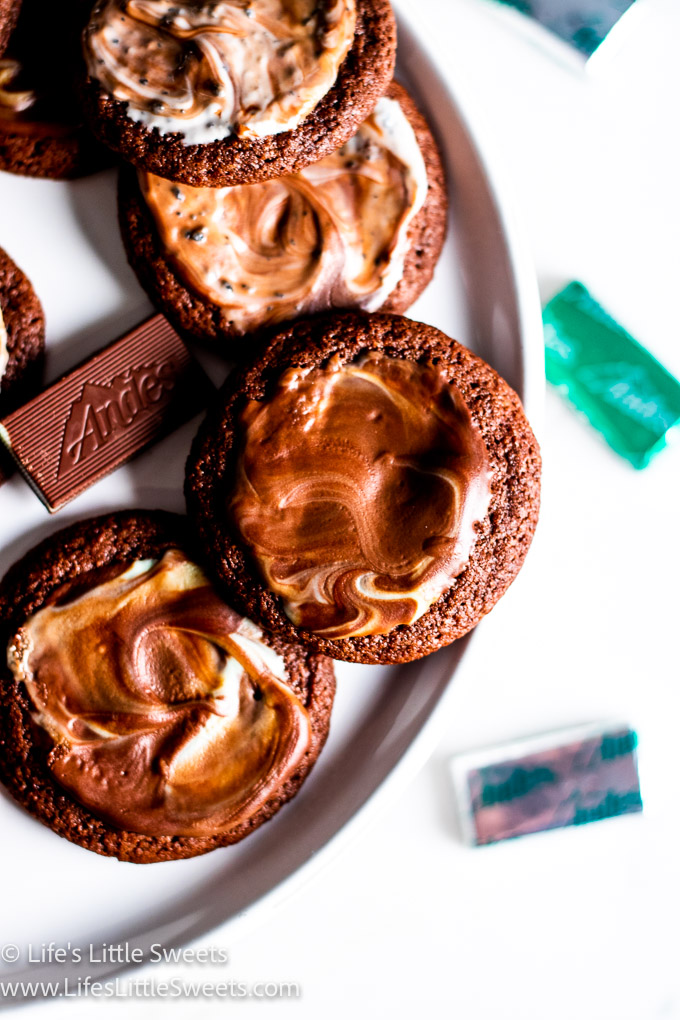
Table of contents
How To Stop Cookies From Spreading
When I first started baking, I became really discouraged when some of my cookies would turn out flat, and others would be moist and delicious. Over time I have mastered the cookie-making process and come up with a list of hacks to keep your cookies from spreading while baking!
The best ways to make the best cookies are starting with the perfect temperature ingredients, using the correct baking sheet, and using the best part of your oven for baking your cookies!
Try out some of my favorite cookie recipes: Cinnamon Oatmeal Cookies, Coconut Chocolate Chip Cookies, and Peanut Butter Cookies.
Baking Sheet Tips and Tricks
Using the right baking sheet: The quality of your baking sheet matters. Starting the baking process off with using the right colored baking sheet can either make or break your cookies! Flimsy baking sheets can lead to the bottom of your cookies being burnt, even when you line the sheet. Dark metal can quickly overbake your cookies because of the material the baking sheet is made out of.
Line your baking sheet: Another simple tip to prevent cookies from spreading is to line your baking sheet with either parchment paper or a silicone baking mat. I don’t recommend using oil or butter to keep your cookies from sticking. This will cause your cookies to spread out and become thin.
Do not use a hot baking sheet: It may be super tempting to put your cold cookie dough on a hot baking sheet to save time, but think about if you put ice cream on hot pavement… it will instantly start to melt and spread out. I don’t recommend using a cold baking sheet either, as it will mess with cooking time. I have found that using a room-temperature baking sheet is the best way to keep your thick, moist cookies.
Don’t throw more than one baking sheet into the oven: Another trick is to not place another baking sheet above or below your cookie sheet. I know that using multiple baking sheets cuts back on time, but trust me, your cookies will turn out much better if you don’t pack your oven full.
Rotate your baking sheets: Ovens have hot spots! I recommend completely rotating your baking sheet halfway through baking to ensure the best cooking for your cookies.
How To Make The Best Cookie Dough
Refrigerate your cookie dough before using it: Many different cookies need chilling before they’re sliced and baked. The longer you keep the dough in the fridge, the less your cookies should be overspread.
However, you don’t want your cookies to be too cold, just chilled all the way through. I like to toss mine into the fridge overnight, or if I make the cookies in the morning, they should be ready to bake in the evening.
Once they’re completely chilled, I would let them rest at room temperature for about 10-15 minutes so that you’re able to slice through it and roll your dough into balls.
Keep in mind not all cookie dough will need to be refrigerated. A good rule of thumb is to refrigerate any dough that is sticky, like chocolate chip, or greasy, like peanut butter. The colder the cookie dough, the less it will spread.
Stop overmixing! I know it is appealing to keep mixing your cookies until you’re positive that everything is mixed together but notice that your cookie dough starts to thin out a bit. I only recommend mixing your cookie dough for about 2 minutes. This gives your mixer (or hands!) the perfect amount of time to combine all ingredients without overmixing.
Ingredient Tips To Prevent Cookies From Spreading
Use real, room-temperature butter. I like to set my butter out a few hours before I start baking. Using warm or hot butter will cause your cookies to deflate. I 100% do not recommend microwaving your butter! I know this sounds like the perfect option to warm up your butter quickly, but it will melt, and your cookie will be a runny mess. Room-temperature butter is actually cold when you touch it, so don’t let it trick you.
Also, be sure to use real butter instead of using margarine. Using margarine will cause the cookies to turn into a puddle while baking!
Don’t use too much flour. Instead of scooping your flour directly out of the container, you need to use a spoon and spoon flour into your measuring up, which keeps the flour nice and airy while measuring.
Then, level it off with a knife. In other words, make sure you aren’t packing your flour down when you’re putting it into your measuring cup.
There is also the option of weighing out your flour; this is one of the best options because you can’t overpack your flour. If you use too much flour, your cookies will become dense.
How To Save Flattened Cookies
Use a spoon! When you check on your cookies if you notice that they’re starting to spread out, take them out of the oven and use a spoon to push the edges back into the center of the cookie. If you need to, you can keep repeating during the baking process. Once the cookies are finished, I recommend using the spoon method one last time so that your cookies will have the perfect shape.
Web Story
Our Other Recipes and Posts
Latest Posts
- First published: 4/15/2023
- March Recipes - March 1, 2024
- How to Plan Thanksgiving Dinner - November 7, 2023
- October Recipes - October 23, 2023


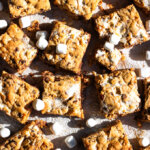
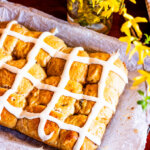

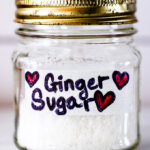
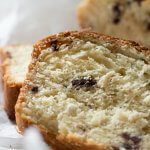






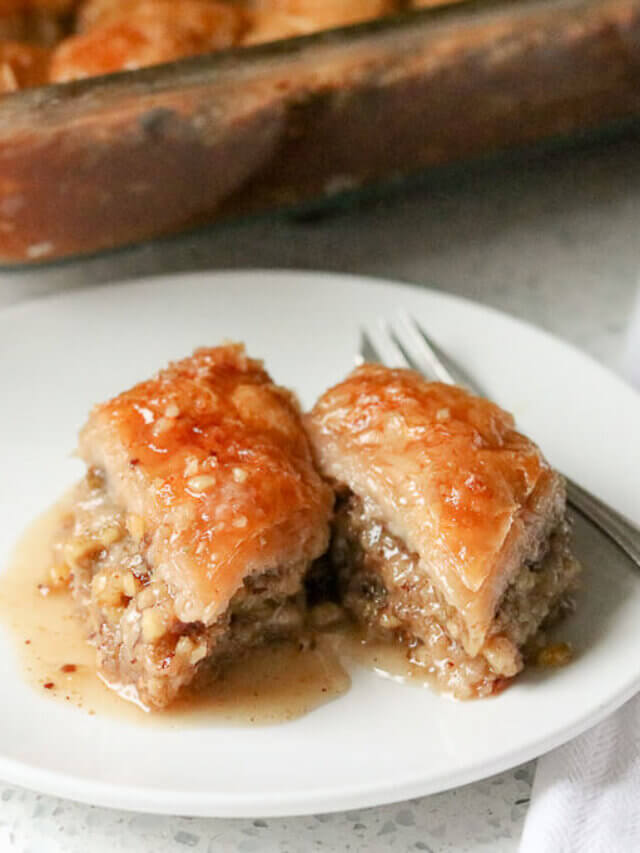
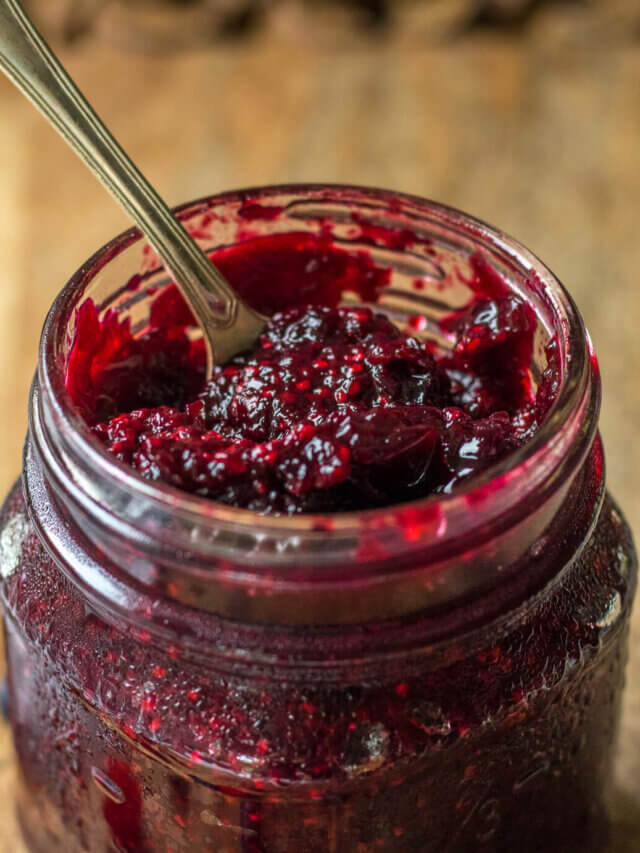

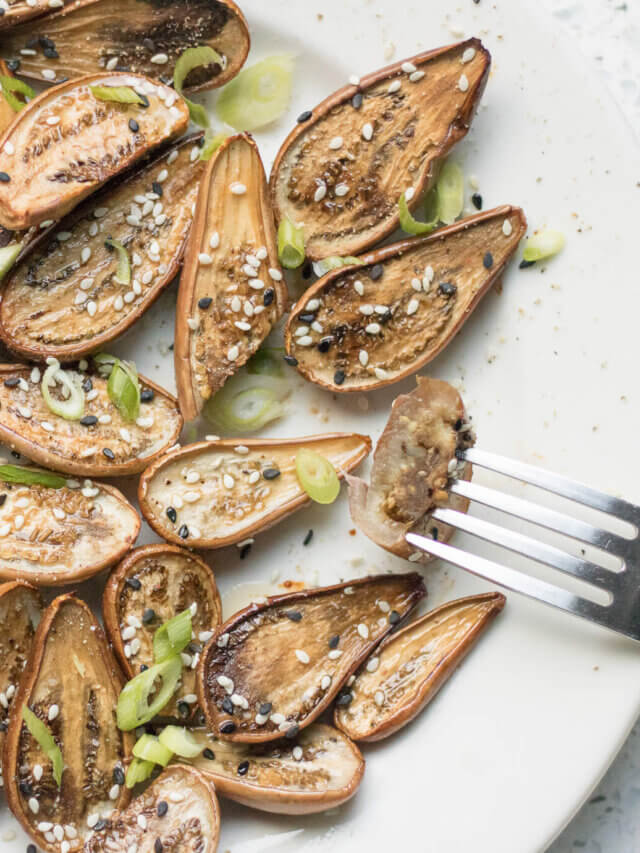
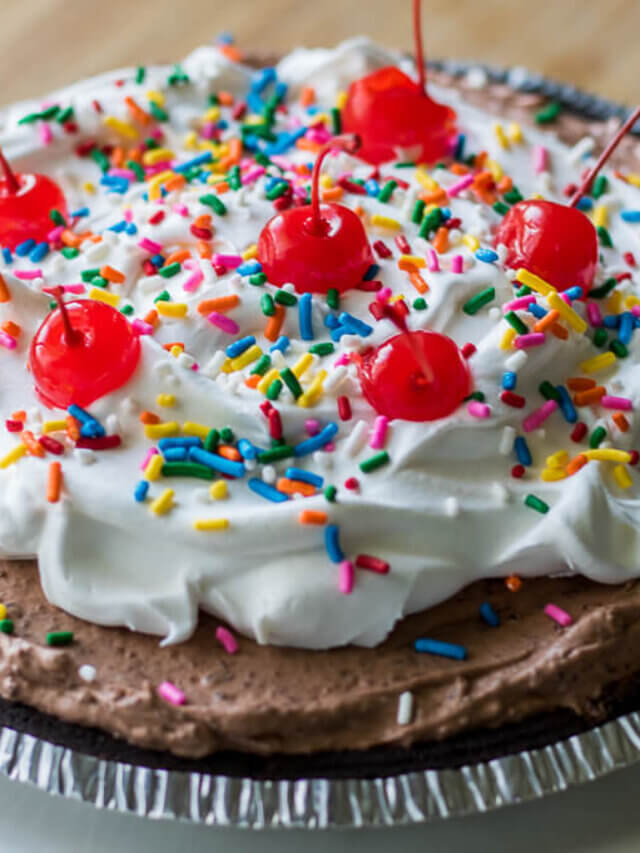

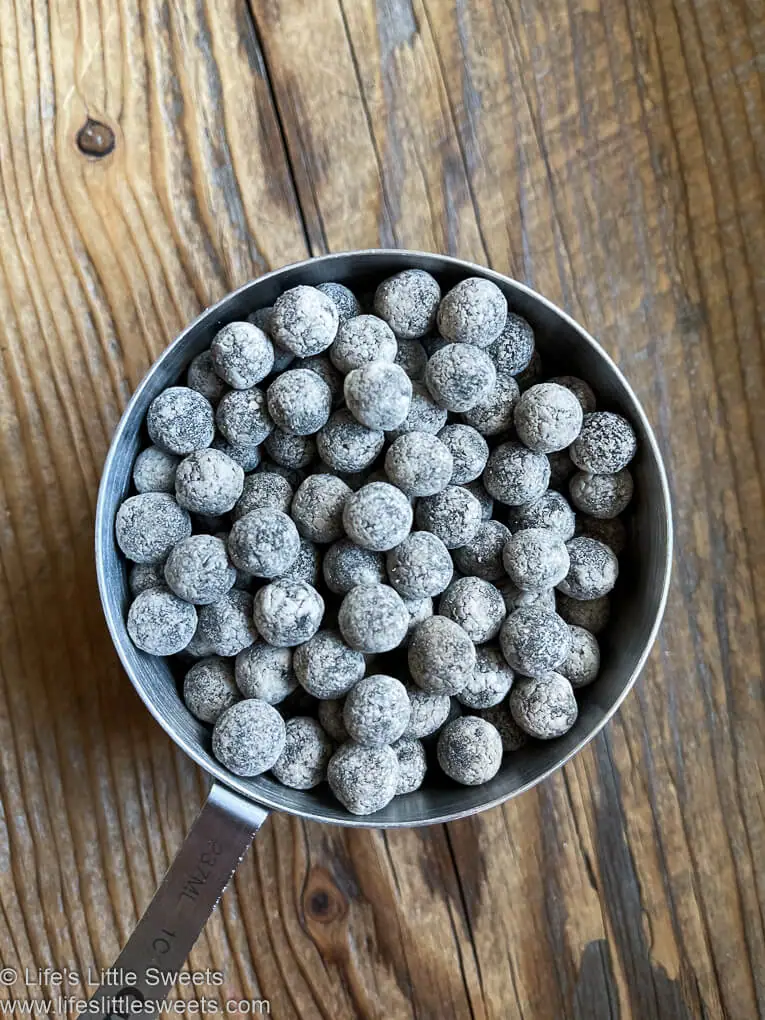

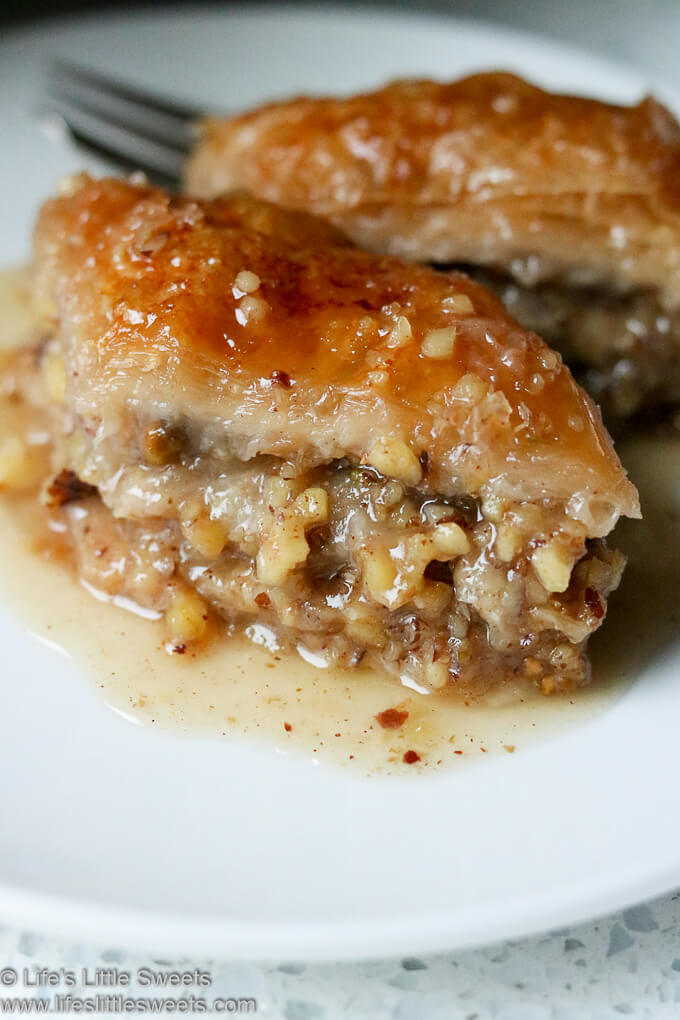
Leave a Reply